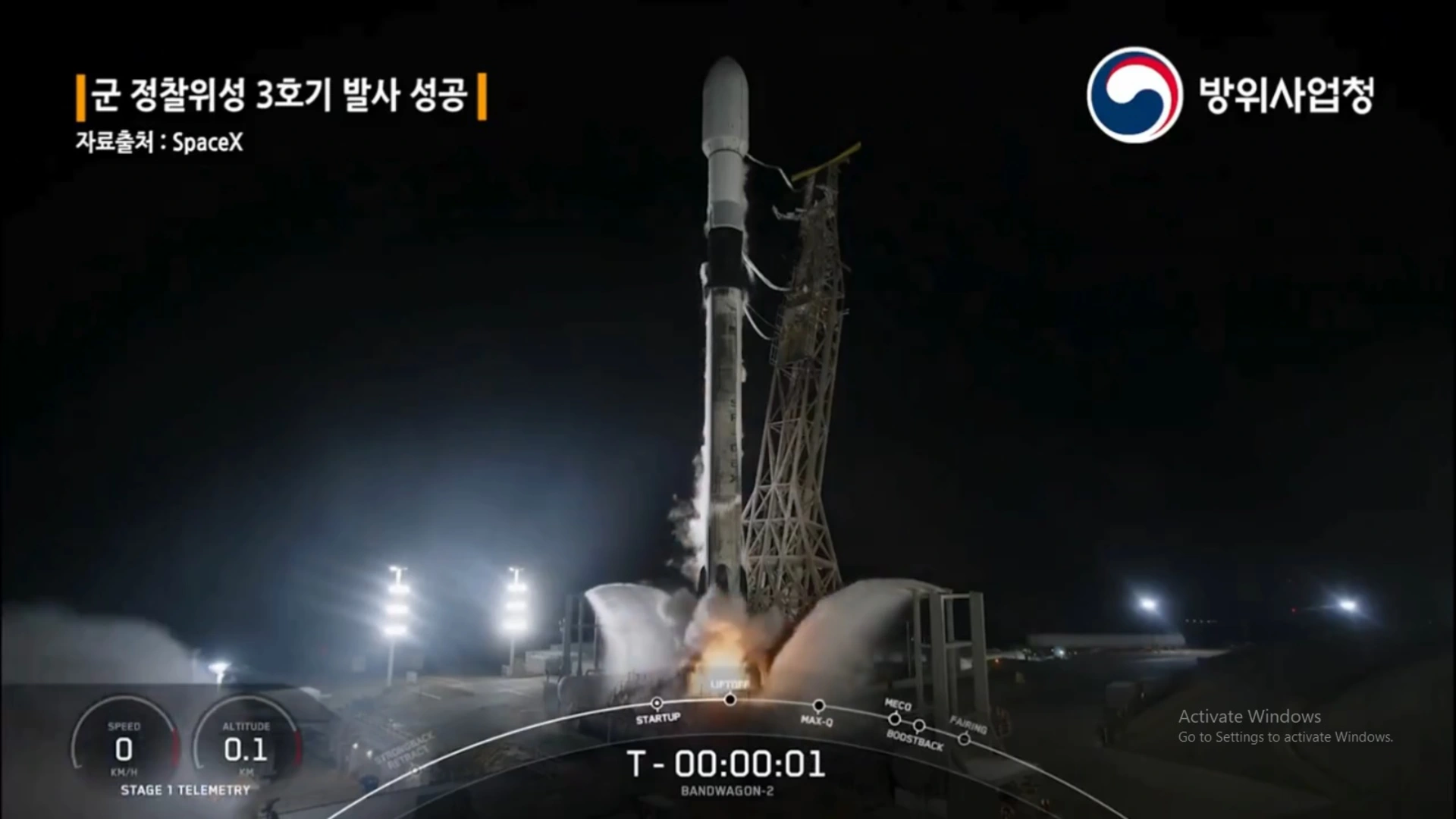Technological advancements touch every aspect of product lifecycles in the consumer durable space. From the initial stages of product design to the end of its lifecycle, technology plays a pivotal role in how a product functions, performs in user’s hands and creates profit for a company. For instance, smartwatch that offers continuous heart-rate monitoring and an always-on display—features that sway consumer decisions tend to sell more and set new standards for the industry. Conversely, the efficiency of supply chain technology ensures timely delivery and availability across various regions, directly impacting product sales and profit figures.
To fulfill the changing demands of today’s discerning consumers, cutting-edge technology must be integrated into all aspects of the consumer durables lifespan.
Increased Accessibility
The rise of online shopping and e-commerce platforms has revolutionized the consumer durable market. This shift has made products more accessible to a broader customer base. Consumers can now compare products, read reviews, and make purchases from the comfort of their homes, thereby improving the whole shopping experience and directly impacting the sales and profit figures.
Product Innovation
Technological advancements enable brands to innovate better and faster in response to the evolving needs of today’s consumers. Products such as smart home appliances, wearable technology, and IoT-integrated devices have piqued the interest of tech-savvy consumers. These innovations add more value to consumers’ lives and create new market segments. Needless to say, innovation that brands put into products directly impact sales figures, and ultimately profit margins.
Improved Energy Efficiency
Advances in technology have also led to the development of energy-efficient products that consume less power and reduce utility bills. This appeal to environmentally conscious consumers not only supports sustainability but also drives sales. Energy-efficient appliances such as inverter air-conditioners, 5-star rated washing machines, and refrigerators have seen a surge in demand due to their long-term cost-saving benefits.
Customization and Personalization
Modern manufacturing technologies, such as 3D printing and advanced robotics, have enabled greater product customization. Companies can now offer personalized products that cater to diverse consumer preferences. This level of customization has become a significant factor in purchasing decisions, as consumers increasingly seek products that reflect their individual tastes and lifestyles. By providing options for customization, companies have recorded boosted sales and enhanced customer loyalty.
Enhanced Marketing Strategies
Cutting-edge digital marketing tools and data analytics have transformed marketing strategies in the consumer durable sector. Companies can now run targeted marketing campaigns to reach specific customer segments with personalized messages. Data-driven insights allow for better understanding of consumer behavior, improving engagement and conversion rates. Effective digital marketing strategies, including social media campaigns and influencer partnerships, have become instrumental in driving sales and building brand equity.
Price Reduction
Technological advancements in automation and advanced manufacturing techniques have significantly reduced production costs. These savings can be passed on to consumers in the form of competitive pricing, making products more affordable. By offering high-quality products at lower prices, companies can attract a larger customer base and increase market penetration. Competitive pricing strategies are particularly effective in price-sensitive markets like India, contributing to higher sales volumes.
Supply Chain Optimization
Efficient supply chain management is critical to meeting consumer demand and maintaining satisfaction. Technological innovations such as IoT, and AI have streamlined supply chain operations, ensuring timely delivery and better inventory management. Real-time tracking and predictive analytics help in anticipating demand fluctuations, reducing the risk of stockouts or overstocking. Enhanced supply chain efficiency leads to improved customer satisfaction and loyalty, ultimately boosting sales.
After-Sales Service
Technological advancements also play a critical role in improving after-sales support through digital platforms, providing consumers with easy access to customer service and technical assistance. Features such as online troubleshooting guides, virtual assistants, and remote diagnostics enhance customer support, ensuring better retention and repeat business.
Consumer Awareness
The widespread penetration of the internet and growing digital literacy has made consumers more informed. Access to online resources, reviews, and comparison tools enables consumers to make well-informed purchasing decisions. This increased awareness leads to higher consumer confidence, resulting in more frequent and higher-value purchases.
Market Expansion
Technological advancements have also facilitated market expansion into tier 2 and tier 3 cities. Improved internet connectivity and logistics networks have opened up new markets, allowing companies to reach previously underserved areas. This expansion broadens the customer base and creates new growth opportunities for consumer durable companies.
As technology continues to evolve, it will undoubtedly shape the future of consumer durables, creating new opportunities and challenges for the industry.
The author is the , Chairman & Managing Director, Elista







